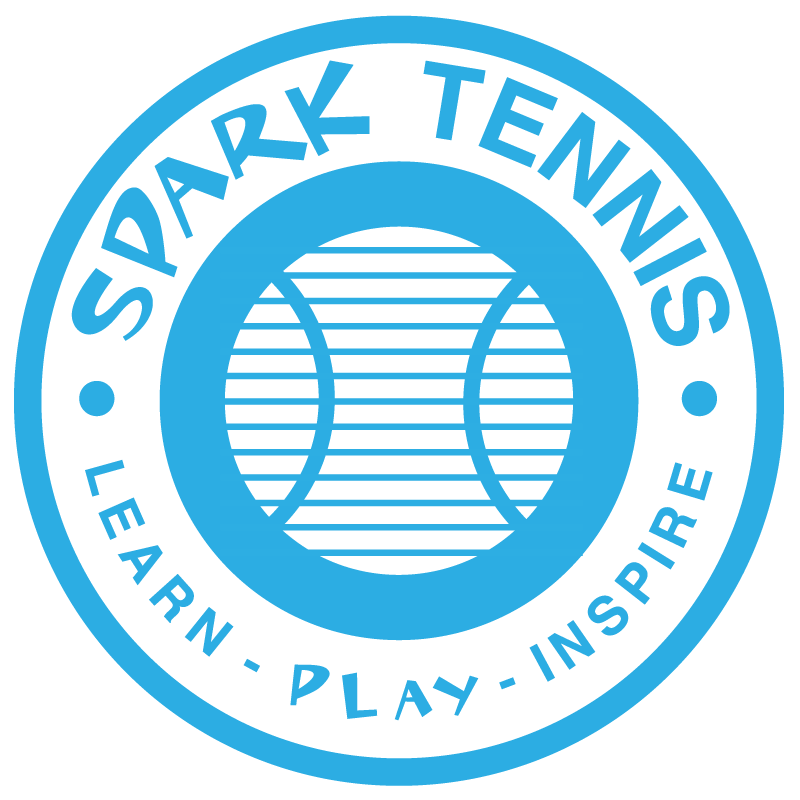Building a training and nutrition plan for recreational tennis players involves a balanced approach that focuses on improving physical fitness, skill development, and overall well-being. Here’s a step-by-step guide to create an effective plan:
1. Assess Current Fitness Level and Goals:
- Determine the player’s current fitness level, including cardiovascular endurance, strength, flexibility, and agility.
- Understand the player’s specific goals, such as improving stamina, agility, or overall performance.
2. Incorporate Cardiovascular Training:
- Include regular cardiovascular exercises like running, cycling, and interval training to improve endurance on the tennis court.
- Aim for at least 150 minutes of moderate-intensity exercise per week.
3. Strength and Conditioning:
- Focus on full-body strength training to improve core stability, leg strength, and upper body strength.
- Incorporate exercises like squats, lunges, planks, push-ups, and resistance band exercises.
4. Agility and Quickness Training:
- Implement drills to improve agility, lateral movement, and reaction time. This can include ladder drills, cone drills, and agility ladder exercises.
5. Skill Development:
- Dedicate specific time for tennis practice, focusing on strokes, serves, volleys, and footwork.
- Work on consistency, accuracy, and shot placement.
6. Flexibility and Mobility:
- Incorporate stretching and mobility exercises to enhance range of motion and reduce the risk of injuries.
- Include dynamic stretching before play and static stretching after.
7. Rest and Recovery:
- Allocate time for rest days to allow the body to recover and prevent overuse injuries.
- Ensure proper sleep, hydration, and nutrition for optimal recovery.
8. Nutrition Plan:
- Prioritize balanced nutrition to fuel workouts and support recovery:
- Carbohydrates for energy (whole grains, fruits, vegetables)
- Proteins for muscle repair (lean meats, fish, legumes, dairy)
- Healthy fats for overall health (avocados, nuts, olive oil)
- Stay hydrated before, during, and after play.
9. Pre-Game and Post-Game Nutrition:
- Consume a balanced meal 2-3 hours before playing for sustained energy.
- After playing, replenish with a combination of carbohydrates and protein to aid in recovery.
10. Monitor Progress and Adjustments:
- Regularly assess performance, fitness levels, and overall well-being.
- Make adjustments to the plan as needed based on progress and goals.
11. Seek Professional Guidance:
- Consider consulting with a certified tennis coach and a registered dietitian for personalized guidance and feedback.
Remember, consistency and patience are key. It’s important to gradually progress and make adjustments as needed. Additionally, listen to your body and adjust the plan if any discomfort or pain arises during training.
